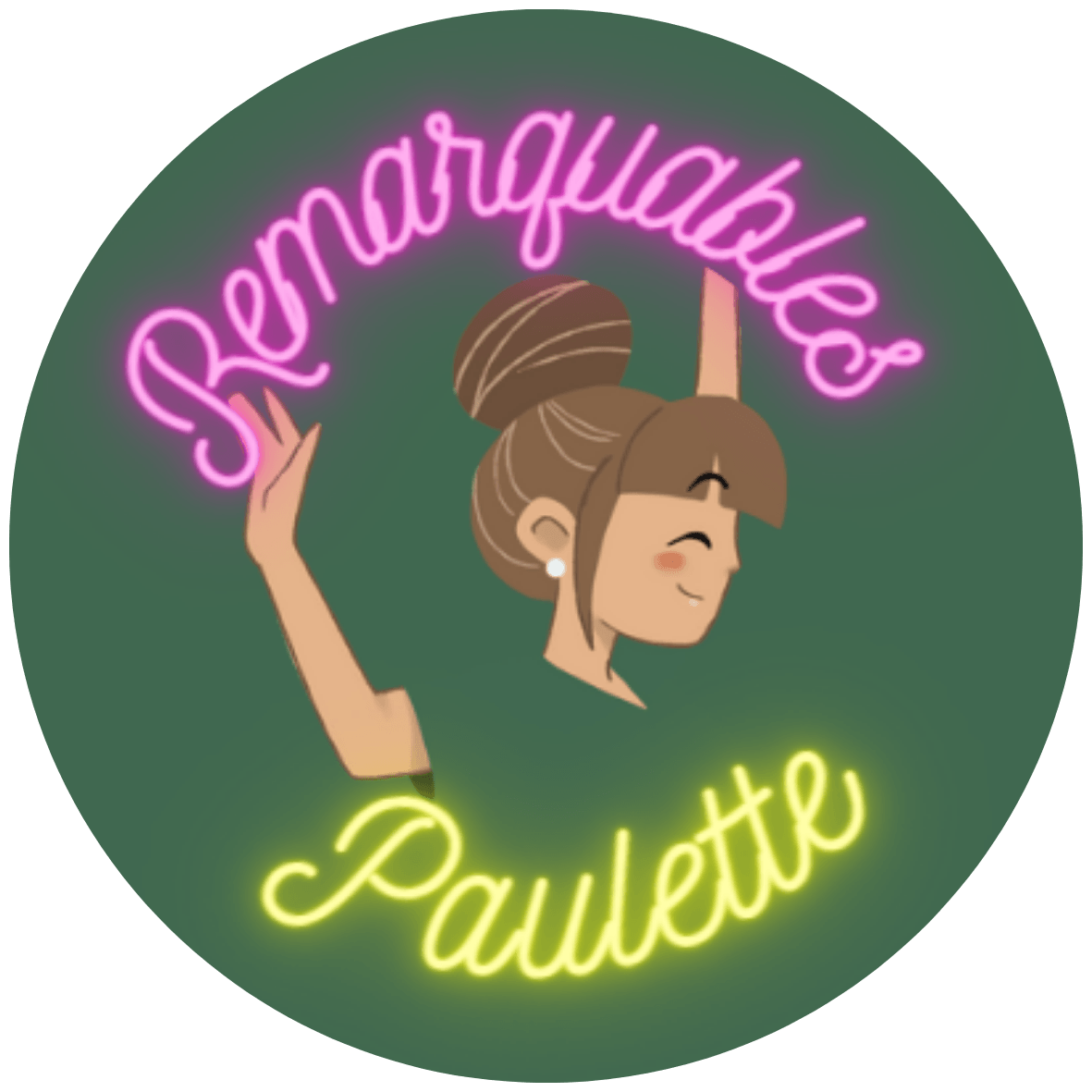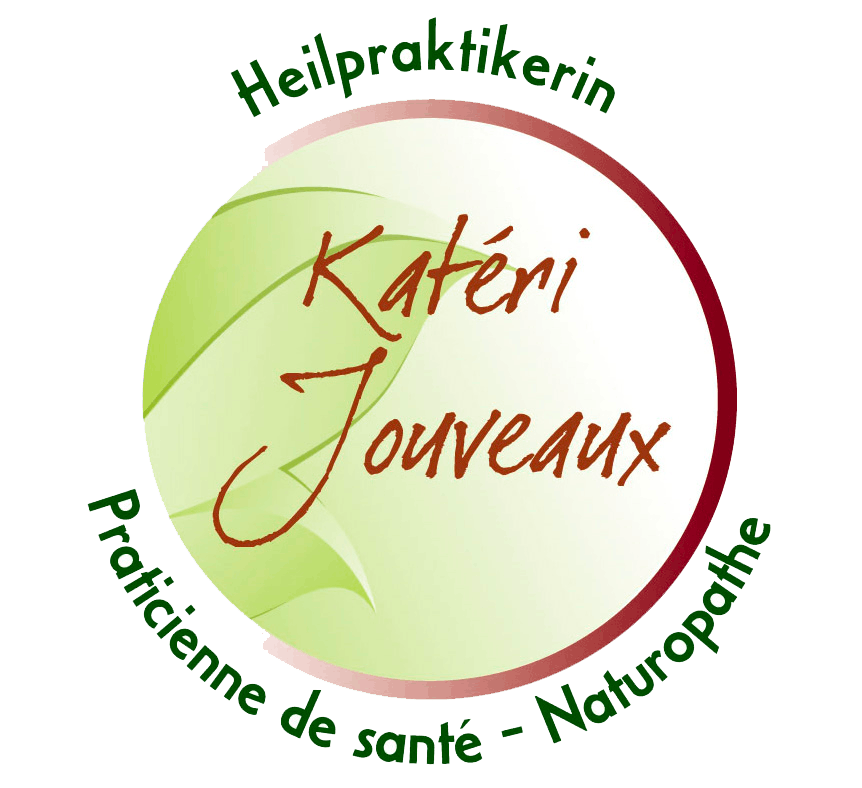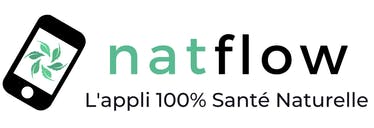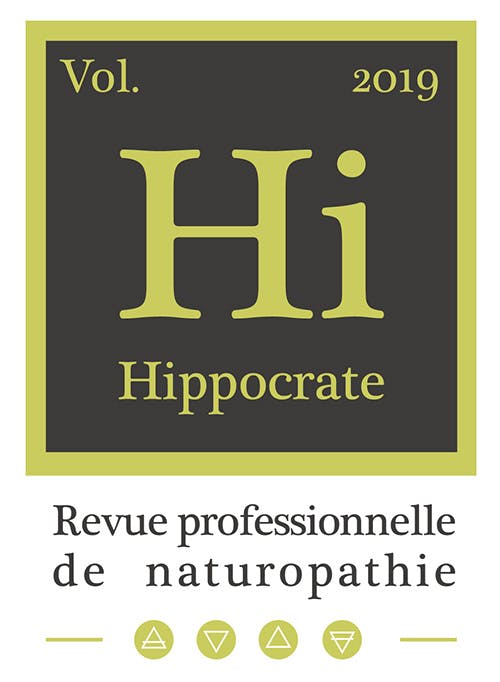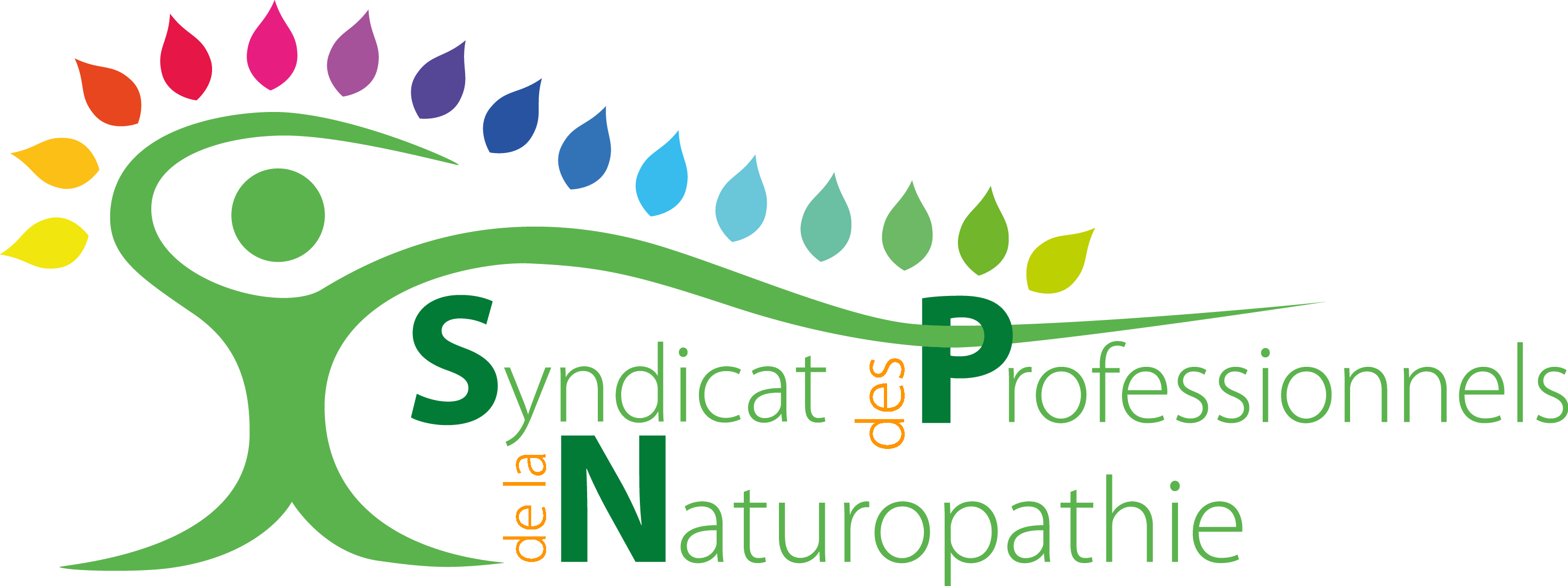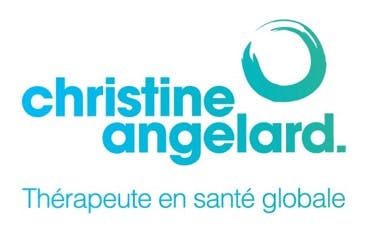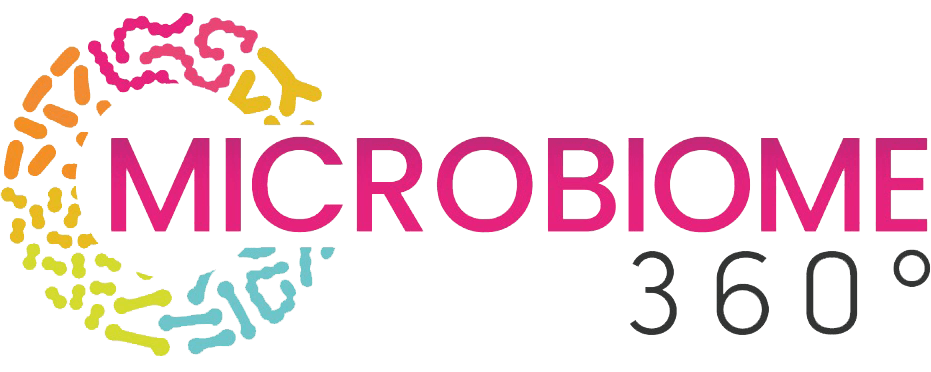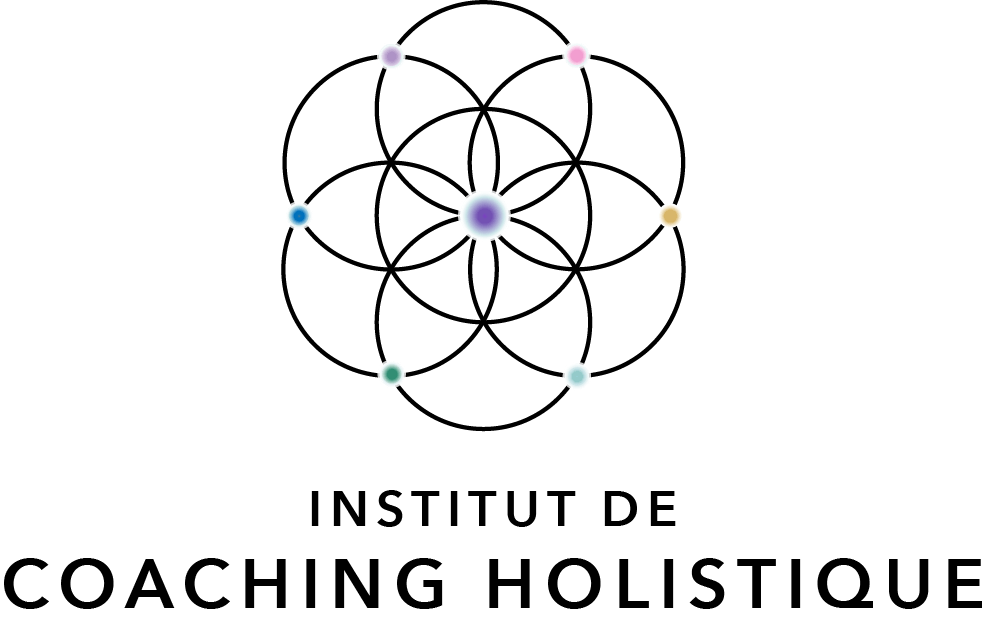Snoezelen

In a world that keeps speeding up, where stress, performance, and agitation often accompany us daily, some therapeutic approaches choose a completely different path: one of gentleness, listening, and sensory experience. This is the case with the Snoezelen approach, a unique method that combines sensory stimulation with deep relaxation.
A Humanistic Origin from the Netherlands
The story of Snoezelen begins in the 1970s in the Netherlands. Two care professionals, Ad Verheul, an occupational therapist, and Jan Hulsegge, a music therapist, imagined a new form of support for people with severe intellectual disabilities. At that time, few activities were offered to them. Their idea was to gently stimulate the senses to encourage movement, self-awareness, and awareness of the environment, without any pressure.
They then created an experimental space made of dim lighting, soft music, varied textures, light scents... A true "sensory cafeteria," where everyone can experience sensory stimulation at their own pace.
The word “Snoezelen” itself is a contraction of two Dutch words:
“Snuffelen”: to explore, to sniff around, to awaken the senses
“Doezelen”: to doze, to relax deeply
Snoezelen is therefore both awakening and calming, freedom and comfort.
What Does a Snoezelen Session Actually Involve?
A Snoezelen session takes place in a specially designed space: soft lighting, colorful optical fibers, enveloping music, tactile objects, soft cushions, essential oil diffusers... Every element is designed to invite relaxation and stimulate the five senses without ever overwhelming the person.
But what makes Snoezelen truly special is not just the setting — it’s the caring attitude of the facilitator. They do not impose anything; they offer. They observe, listen, and welcome. Here, the goal is not to “do” but simply to “be.”
For Whom and For What Purpose?
Originally designed for people with disabilities, Snoezelen has now broadened its scope. It is used:
In pediatrics (notably with autistic children or those with ADHD)
In nursing homes and elderly care facilities (especially for people with Alzheimer’s disease)
In hospitals (palliative care, rehabilitation, burnout…)
And even in certain wellness centers, open to everyone
The observed benefits are numerous:
Reduction of stress and anxiety
Improvement in sleep and muscle relaxation
Decrease in certain behavioral disorders
Strengthening of relational bonds
Overall calming and better body awareness





